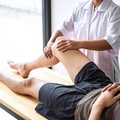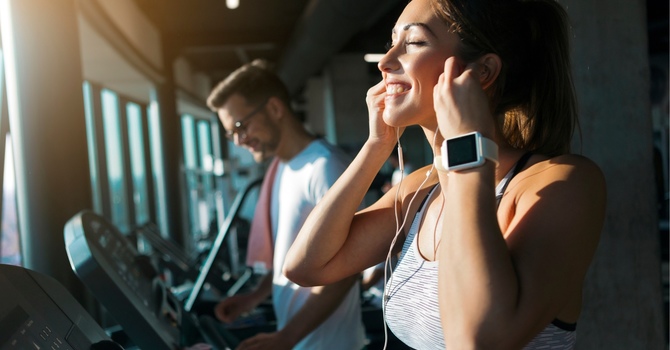
By Dr. Kyla Nelson, DC & Acupuncture Provider
Delayed onset muscle soreness (commonly referred to as DOMS) is a common condition that results from strenuous activity, usually after a marked increase in exercise or a change in the type of exercise an individual is performing.
According to recent literature, “DOMS appears to be a product of inflammation caused by microscopic tears in the connective tissue”. These microscopic tears then sensitize pain receptors, thus heightening your pain levels.
DOMS is highly variable depending on the individual, as well as type and intensity of exercise, however, common symptoms of DOMS include:
- Mild to severe muscle soreness
- Decreased range of movement in affected joints
Typically, DOMS increases in intensity during the first 24 hours, peaks between 24 and 72 hours, and gradually subsides over the next week.
Generally no treatment is required for DOMS, as the pain will subside, however it may negatively affect athletic performance. Due to “altered muscle function and joint mechanics” an athlete may notice reduced performance abilities and decreased training intensity. In addition, DOMS can cause athletes to “adapt compensatory movement patterns” which may lead to further decreases in athletic performance.
Ways to avoid DOMS include:
- Always remember to gradually increase the intensity of your current exercise regime
- When beginning a new type of exercise – start slowly and gradually build the intensity over several weeks.
- Never make a sudden change in your workout program immediately prior to an athletic competition
- Try foam rolling – recent research has also shown that foam rolling immediately following an intense workout, followed by rolling every 24 hours after for a few days may help reduce the effects of DOMS.
Dr. Kyla Nelson is currently a licensed chiropractor and acupuncture provider at Holland Landing Health Centre in East Gwillimbury, Ontario. If you have any other questions concerning Delayed Onset Muscle Soreness please contact Holland Landing Health Centre at info@HLHC.ca or 905-853-7900.
References
Pearcey, Gregory EP, et al. “Foam rolling for delayed-onset muscle soreness and recovery of dynamic performance measures.” Journal of athletic training 50.1 (2015): 5-13.
Schoenfeld, Brad J., and Bret Contreras. “Is Postexercise Muscle Soreness a Valid Indicator of Muscular Adaptations?.” Strength & Conditioning Journal 35.5 (2013): 16-21.

Admin
Contact Me



